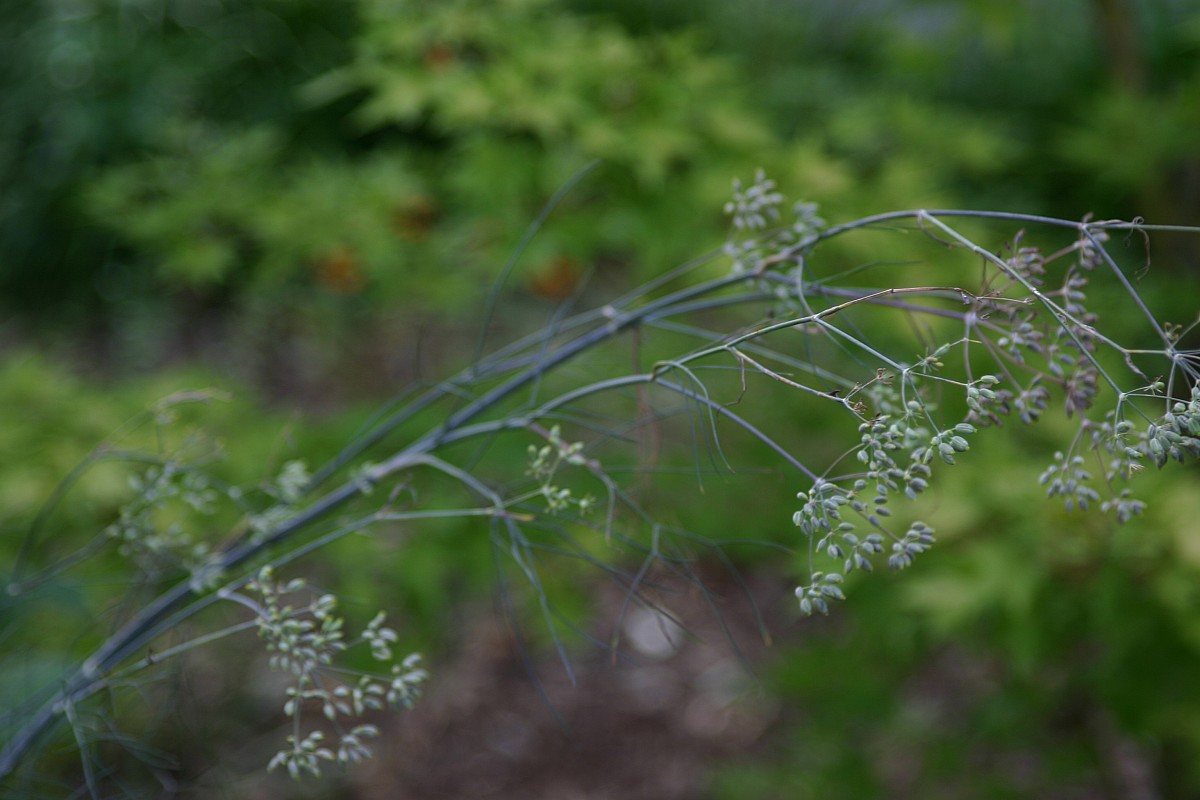What to Do When Plants Bolt
 If you grow vegetables, herbs or flowers, at some point you've probably experienced what happens when your plants bolt. Bolting, defined as “when plants grow quickly, stop flowering and set seeds,” commonly applies to crops like lettuce and spinach, but may happen with your flowers too. Weather often is a factor in bolting. As temperatures rise in late spring through early summer, cool season crops naturally quit putting energy into foliage growth, "realizing" they'd better come up with some seed if they want to keep the species going.
If you grow vegetables, herbs or flowers, at some point you've probably experienced what happens when your plants bolt. Bolting, defined as “when plants grow quickly, stop flowering and set seeds,” commonly applies to crops like lettuce and spinach, but may happen with your flowers too. Weather often is a factor in bolting. As temperatures rise in late spring through early summer, cool season crops naturally quit putting energy into foliage growth, "realizing" they'd better come up with some seed if they want to keep the species going.
But as a gardener, you can try several techniques to keep your vegetables and annuals producing over a longer period of time. And, when your plants do finally bolt, there are some strategies you can use to keep your garden going.
Herbs: Harvest often
With herbs, such as the popular basil, the goal is to keep them producing those tasty leaves. The best way to stop flowering and setting seed is to harvest the leaves, regularly and thoroughly. The more you harvest, the more the plant will produce.
Some herbs, like cilantro, will not keep their flavor once they bolt. In this case, if they've already bolted, let them set seed and you may be rewarded with a fresh crop next spring.
Remove developing flowers
Other herbs, such as parsley and fennel, will flower and set seed when the weather reaches high temperatures in summer. Depending on what part of the country you live in, these can behave as perennial, biennial or annual plants. As soon as they begin to flower, cut them back hard (plants may only be 3 to 4” tall). They should continue to put out more foliage, extending the amount and the length of time that they produce.
Cut back plants and fertilize
Some plants, for example the annual coleus, are grown for their colorful foliage. To extend their season of interest, cut off any flowers as soon as you see them beginning to form. You can also cut back plants by 1/3 or ½ to keep them bushy and healthy.
Regular applications of liquid fertilizer every ten days to two weeks will help keep your annuals healthy and productive.
With perennials like garden phlox (Phlox paniculata), remove spent flowers as soon as you notice them, to encourage more blooms and extend the season of interest in your garden.
Vegetables: Replant a second crop
Lettuce, spinach, mustard and kale are all grown for their edible leaves. Once they stop producing and bolt in summer, pull them out. A new crop can be replanted for fall and winter. Check with your local Cooperative Extension Service to find the ideal time for fall planting in your region.With crops like broccoli, learn to recognize when the heads are ready to harvest, before they begin to flower.
Once they bolt
At the end of the growing season, it's actually a good idea to let plants set seed, as they may sprout from that seed the following spring. This is especially true if you don’t disturb the area where they are growing. Parsley, fennel, and certain annuals like impatiens and zinnias often reseed.
For help selecting and planting herbs, vegetable and flowers for your yard, find a reliable local landscape contractor.
Erica Glasener is a Networx writer.
Updated January 16, 2018.
Looking for a Pro? Call us (866) 441-6648

Landscaping Average Costs
Landscapers Experiences

Careful, Professional Tree Service Removes A Huge Norway Maple

Hiring A Great Landscaper Was Almost Too Easy, Even Long Distance



